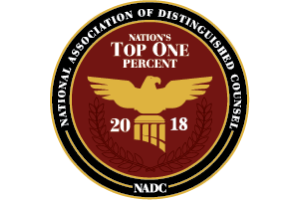The Indiana Court of Appeals recently issued an opinion finding a pedestrian’s injuries suffered in an electric scooter crash were recoverable under the pedestrian’s uninsured motorist insurance coverage. In State Farm Mut. Auto Ins. Co. v. DiPego, Michelle DiPego (Michelle), who resides in Muncie, Indiana, suffered injuries while travelling in Baltimore, Maryland when a scooter rider…
Continue reading ›Your Future
Your Firm
















